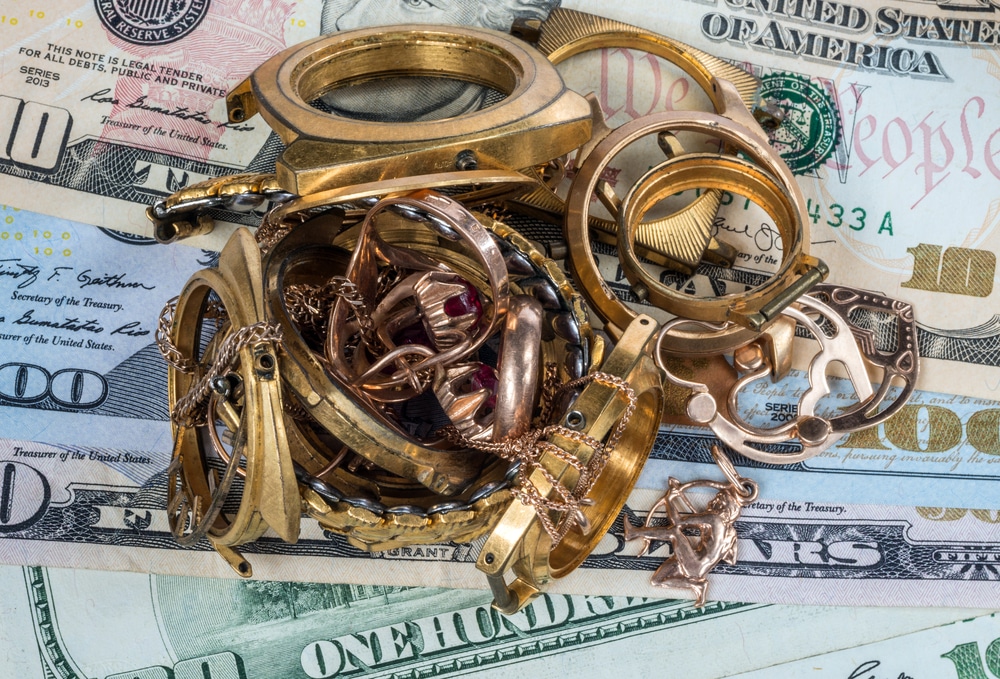Learning the Elements That Set the Worth of Aurum Items
Wiki Article
Gold has been treasured by humans for thousands of years. It is a valuable commodity that has served for various purposes, including jewelry, currency, and investment. The value of gold items can fluctuate based on several factors. Grasping these elements is essential for anyone engaged in purchasing, trading, or placing funds in gold. This piece will examine the primary factors that influence the worth of gold pieces, including consumer need, fineness, artistry, and financial circumstances.

One of the main factors that influence the value of gold items is market need. When a greater number of people desire to buy gold, its price often to rise. This need can come from various origins, such as ornament makers, investors, and national banks. For instance, during times of financial instability, many traders turn to gold as a secure refuge for their funds. This increased demand can drive up the cost of gold items. On the other hand, if demand drops, the worth of gold may drop. Grasping market patterns and consumer actions is essential for assessing the current value of gold.
Another significant factor is the fineness of the gold. Gold is measured in carats, with 24 karats representing pure gold. Pieces with higher purity levels are typically more valuable than items with lesser levels. For example, an item crafted of 18-karat gold consists of 75% gold and 25% other metals, while a 14-carat item has only 58.3% gold. Consumers frequently search for high-purity pieces because they are considered durable and have a greater intrinsic worth. Therefore, when evaluating the value of gold items, it is crucial to consider their fineness level.
Craftsmanship also has a significant part in determining the worth of gold items. The expertise and artistry put into in creating a piece can significantly affect its value. Handmade jewelry, for instance, may Click Here be more worth than mass-produced pieces due to the effort and effort invested in its creation. Distinctive designs and detailed details can boost the appeal of gold items, rendering them more attractive to collectors and consumers. Hence, the artistry of a gold piece can significantly affect its market worth.
Financial conditions are another important factor that affects the value of gold. The cost of gold is often connected to the general health of the financial system. During times of inflation or financial instability, gold is seen as a dependable asset. As a consequence, its value may rise. On the another hand, when the financial system is robust and stable, the need next for gold may decrease, leading to reduced costs. Investors and enthusiasts must keep an eye on financial indicators, including interest rates and rising prices rates, to understand how these elements can impact the value of gold pieces.
The worth of gold items is determined by a mix of elements, including consumer demand, purity, artistry, and economic conditions. Grasping these factors can help people formulate informed choices when purchasing or trading gold. As gold remains to be a important asset, staying informed about these elements will be beneficial for those engaged in the gold market. Whether for individual utilization or investment purposes, identifying what affects the value of gold can lead to superior decisions and greater satisfaction.